Wolves have long fascinated humans with their strength, intelligence, and social structures. Among these majestic creatures, some individuals stand out for their extraordinary size.
This article explores the story of the largest wolf ever recorded, delving into its discovery, characteristics, and the factors that contributed to its impressive stature.
Discovery of the Largest Wolf

The largest wolf ever recorded was a Northwestern wolf, also known as the Mackenzie Valley wolf (Canis lupus occidentalis). This remarkable specimen was captured in Alaska in 1939. The Northwestern wolf subspecies is known for its significant size and robustness, often found in the regions of Alaska, northern Canada, and parts of the northwestern United States.
Physical Characteristics

Size and Weight

The record-breaking wolf weighed an astounding 175 pounds (79.4 kilograms) and measured 7 feet (213 centimeters) from nose to tail. This size is considerably larger than the average wolf, which typically weighs between 70 to 120 pounds (32 to 54 kilograms) and measures about 5 to 6 feet (152 to 183 centimeters) in length.
Appearance
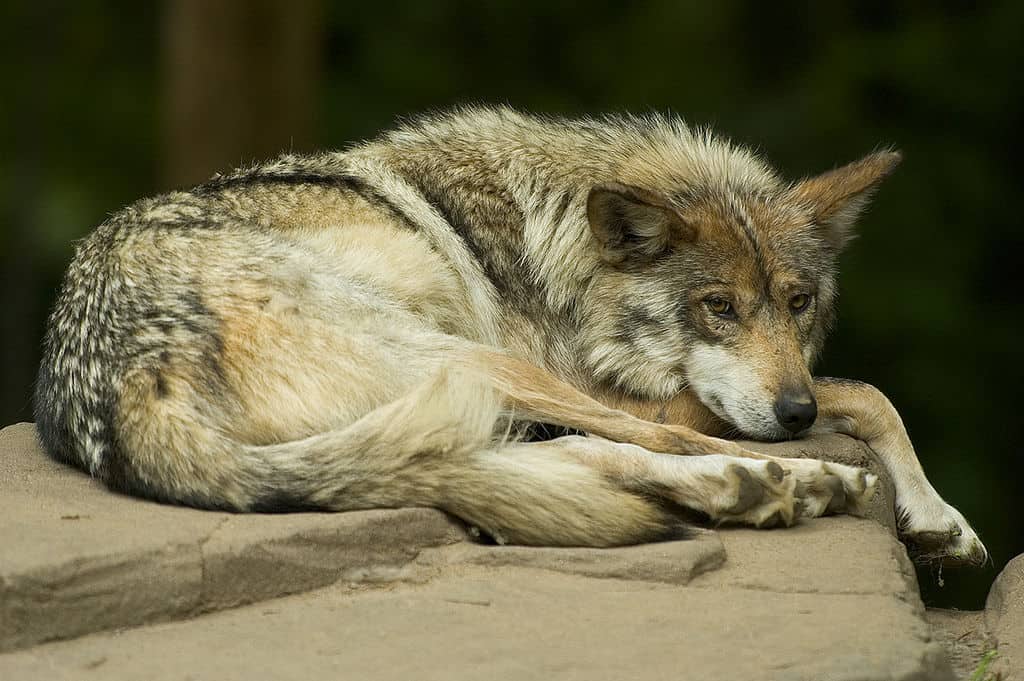
The largest wolf exhibited typical features of the Northwestern wolf subspecies, including a thick, dense coat that provides insulation against harsh weather conditions. Its fur was predominantly gray with a mix of black and white, providing excellent camouflage in the snowy and forested environments of its habitat.
Habitat and Diet
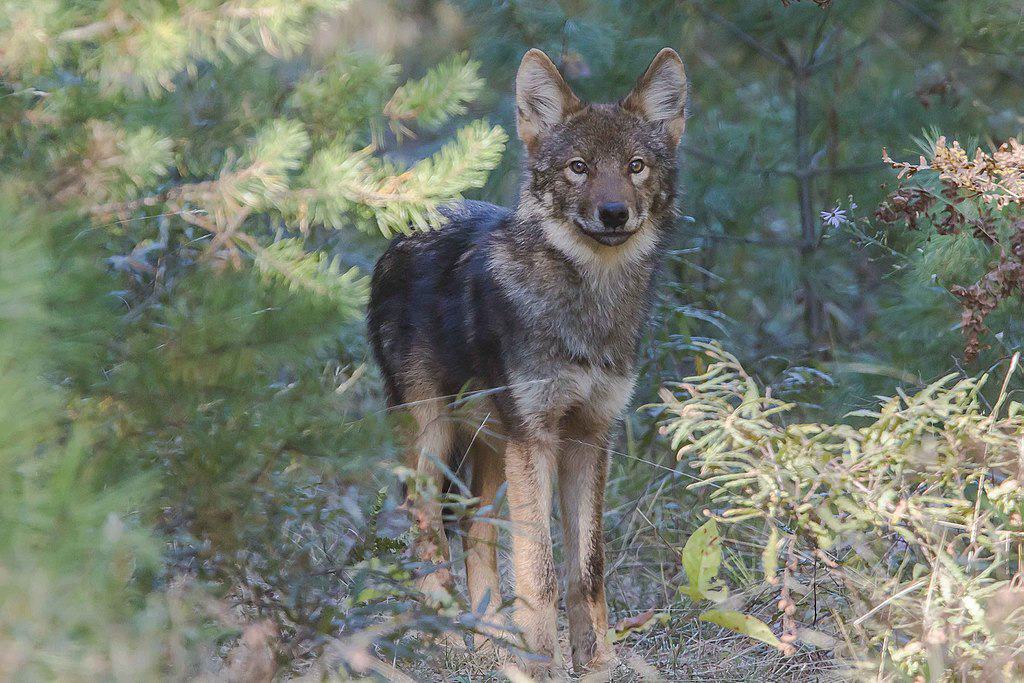
Natural Habitat
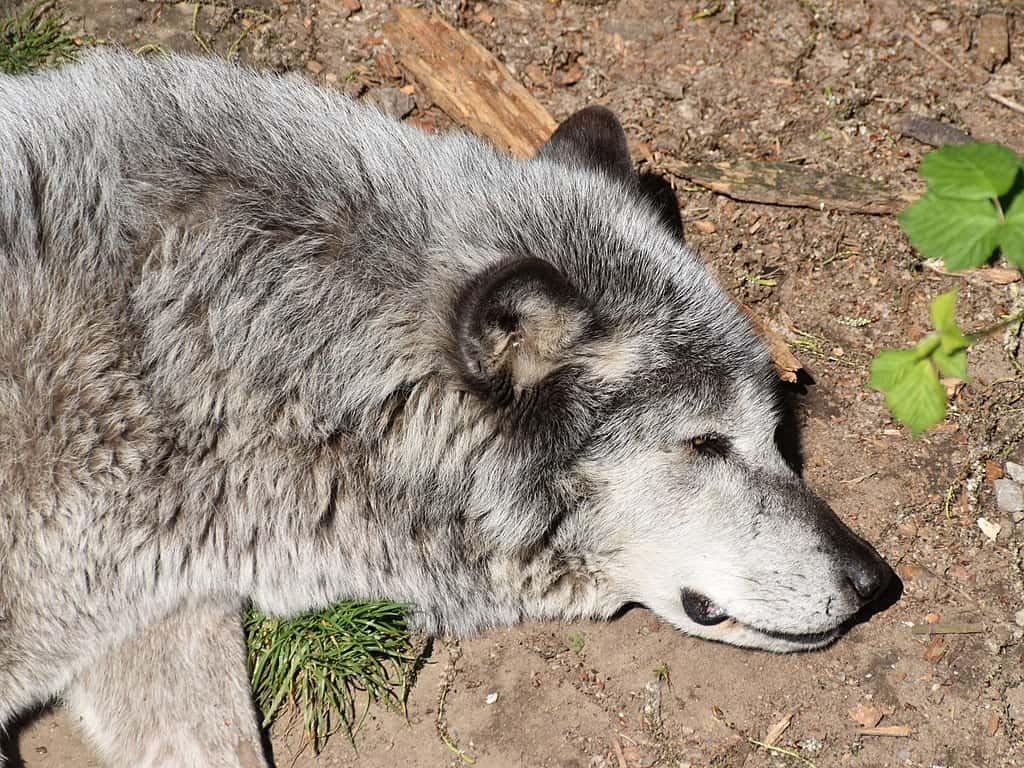
The Northwestern wolf thrives in the boreal forests, tundras, and mountainous regions of Alaska and northern Canada. These areas offer ample prey and vast territories, crucial for the survival and growth of large wolf packs.
Diet
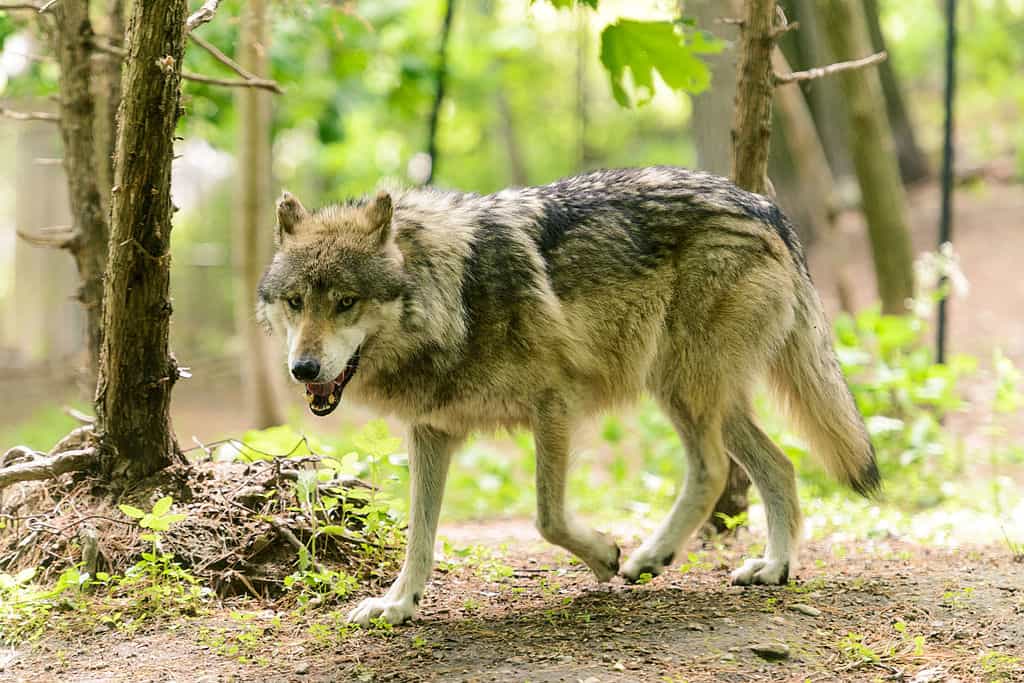
The diet of this wolf primarily consists of large ungulates such as moose, caribou, and bison. These prey animals provide the necessary nutrients and energy required for sustaining the larger body size of Northwestern wolves. Hunting in packs allows them to take down animals much larger than themselves, showcasing their cooperative hunting strategies.
Factors Contributing to Large Size

Genetics

Genetic factors play a significant role in determining the size of wolves. The Northwestern wolf subspecies has evolved to be larger than other wolf populations, possibly due to the availability of larger prey and the need to endure harsh climatic conditions.
Environmental Influences

The abundant and nutrient-rich diet available in their natural habitat allows these wolves to grow to substantial sizes. Additionally, the vast and uninhabited territories reduce competition for food and resources, promoting healthy growth and robust physical development.
Conservation and Current Status

Population Status

While the Northwestern wolf is not currently listed as endangered, their populations face threats from habitat loss, climate change, and human activities such as hunting and trapping. Conservation efforts are essential to maintain healthy populations and preserve the genetic diversity that allows for the existence of extraordinary specimens like the largest wolf ever recorded.
Conservation Efforts
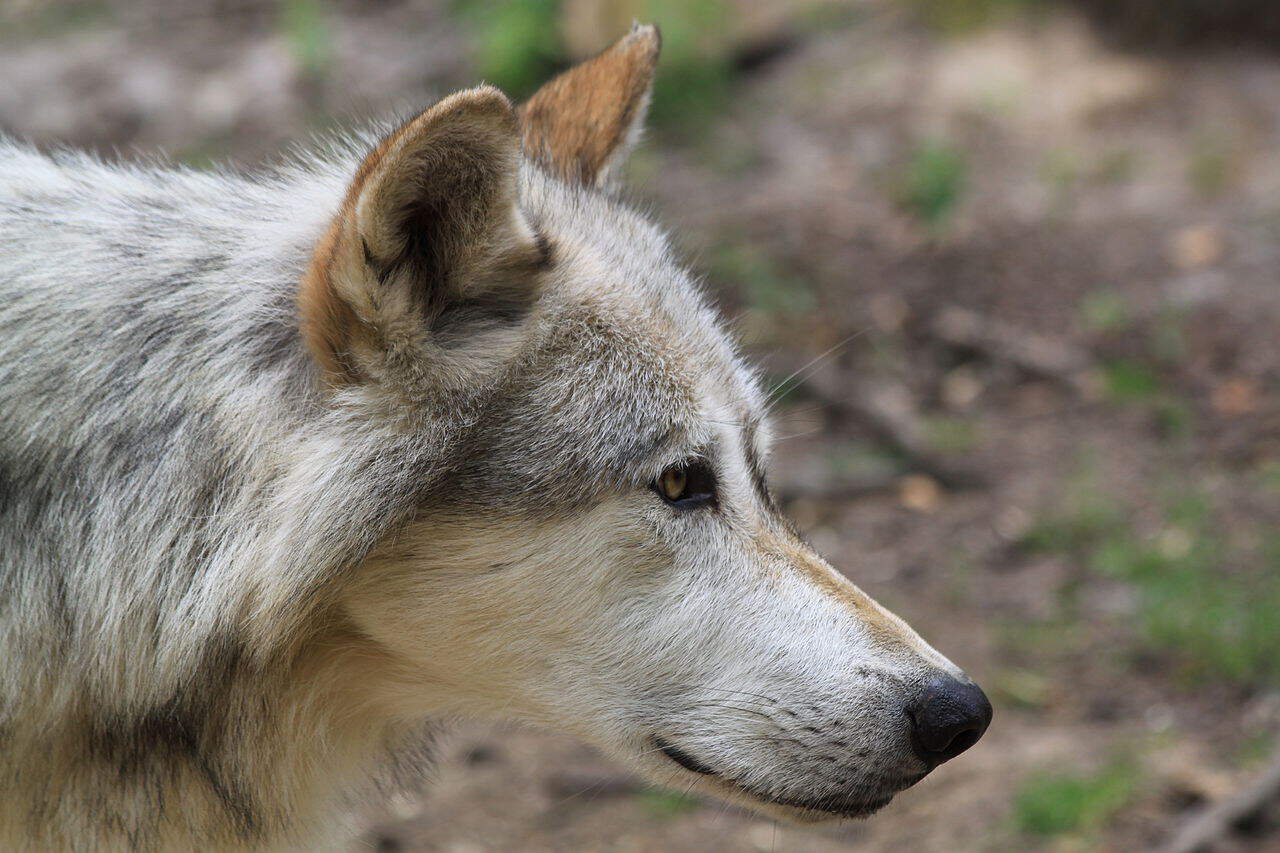
Various wildlife organizations and government agencies are working to protect wolf habitats and implement sustainable management practices. These efforts include monitoring wolf populations, protecting critical habitats, and promoting coexistence between wolves and human communities.
Conclusion
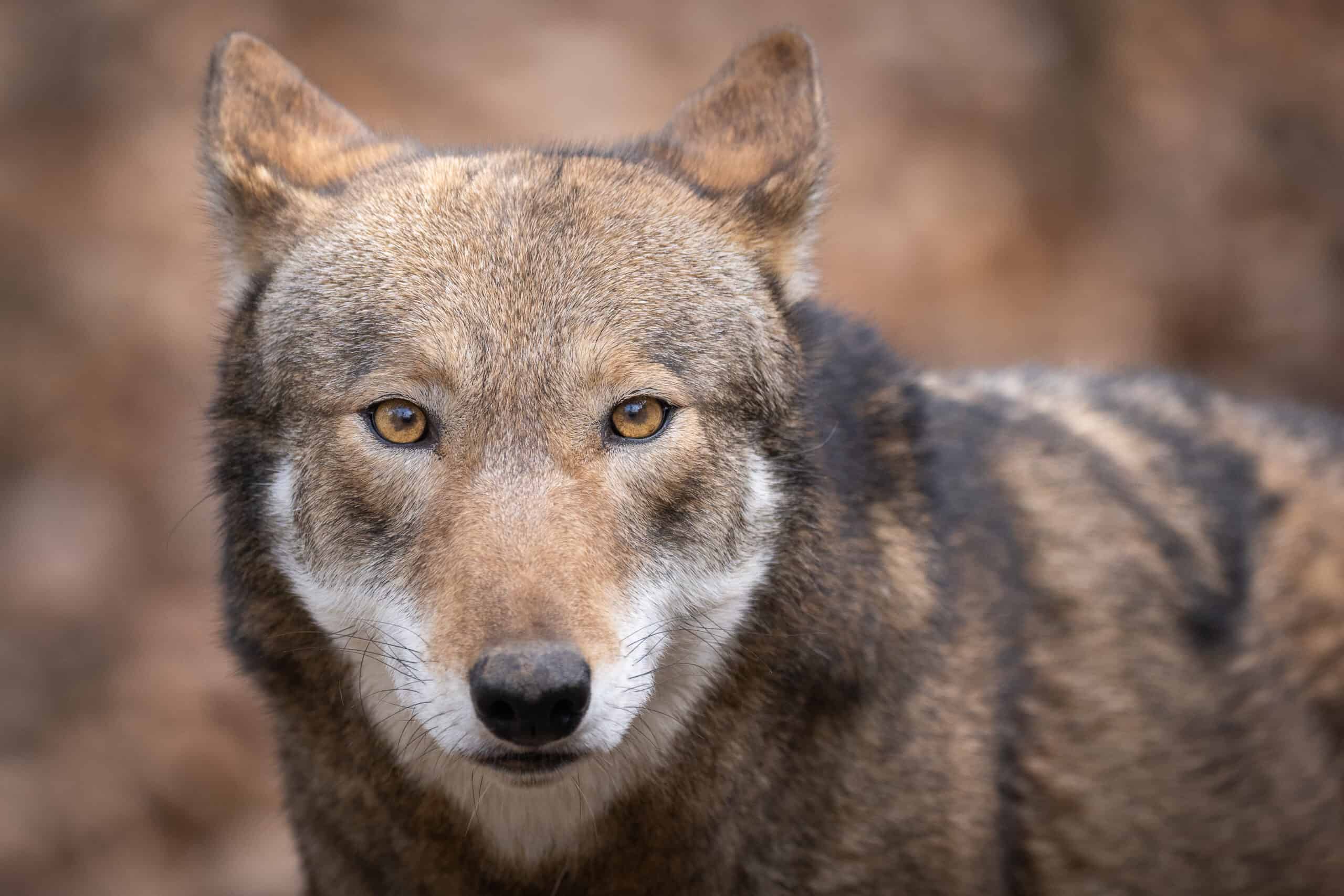
The story of the largest wolf ever recorded highlights the incredible diversity and adaptability of wolf populations. Understanding the factors that contribute to their size and ensuring their conservation are crucial for preserving these magnificent creatures for future generations. The Northwestern wolf stands as a testament to the wild’s untamed beauty and the awe-inspiring power of nature.
Follow For More Animal Stories

Join our Forum for free today!

- These are The 5 Largest Great White Sharks Ever Recorded - July 19, 2024
- The Surprising Benefits of Big Game Hunting - July 18, 2024
- $100k+ Hunting Experiences The Most Expensive Animals to Pursue - July 17, 2024

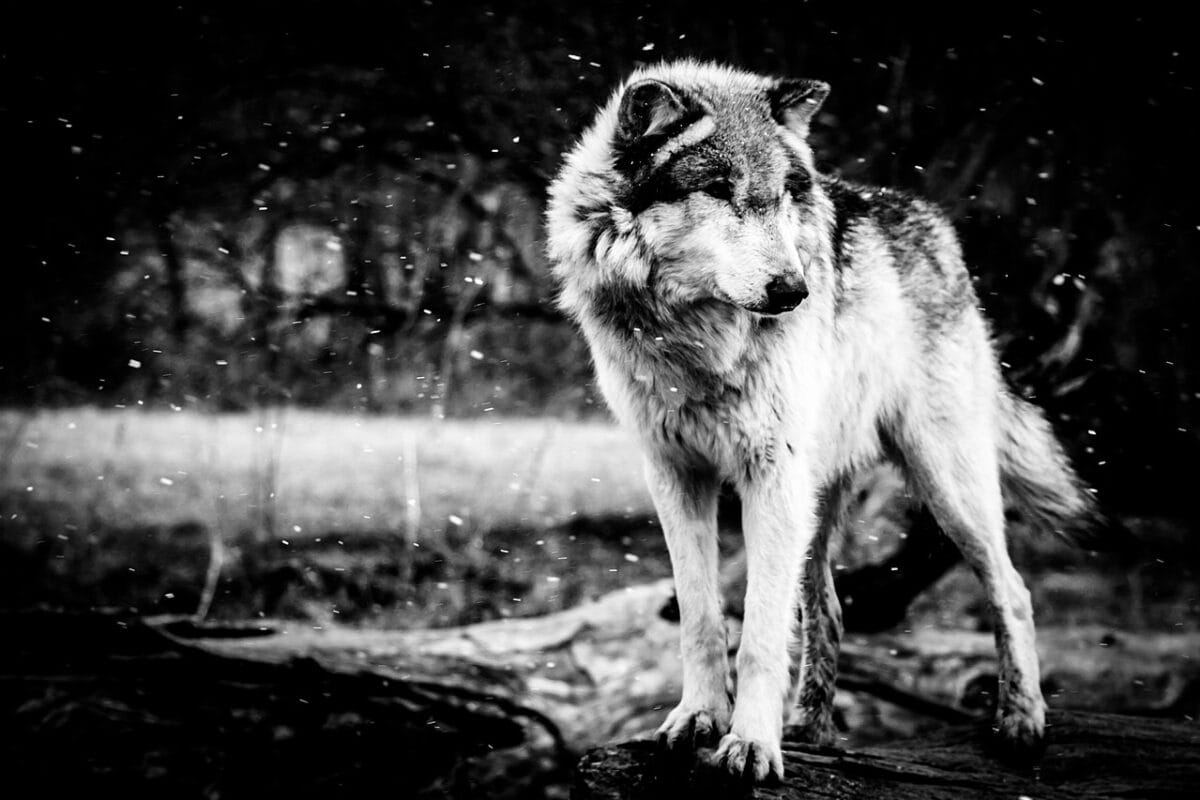
Pat Goodmann
Wednesday 19th of June 2024
Was this wolf actually measured with a tape measure or something similar? Was it weighed with a sling scale? Any kind of scale? I recall reading about such a large wolf in an old book (possibly Young & Goldman's Wolves of North America) and some of the weights were reported by trappers. Without scales and tape measures the wolves' weights may have grown like "fish stories." If I recall correctly the largest wolf captured for collaring in Yellowstone was 148 lbs.
AllahsHappyHalalPorkEmporium
Wednesday 29th of May 2024
So!!! What happened to this giant wolf? You claimed it was captured, was it bred and product cubs? If so where can I acquire a few of such animals?